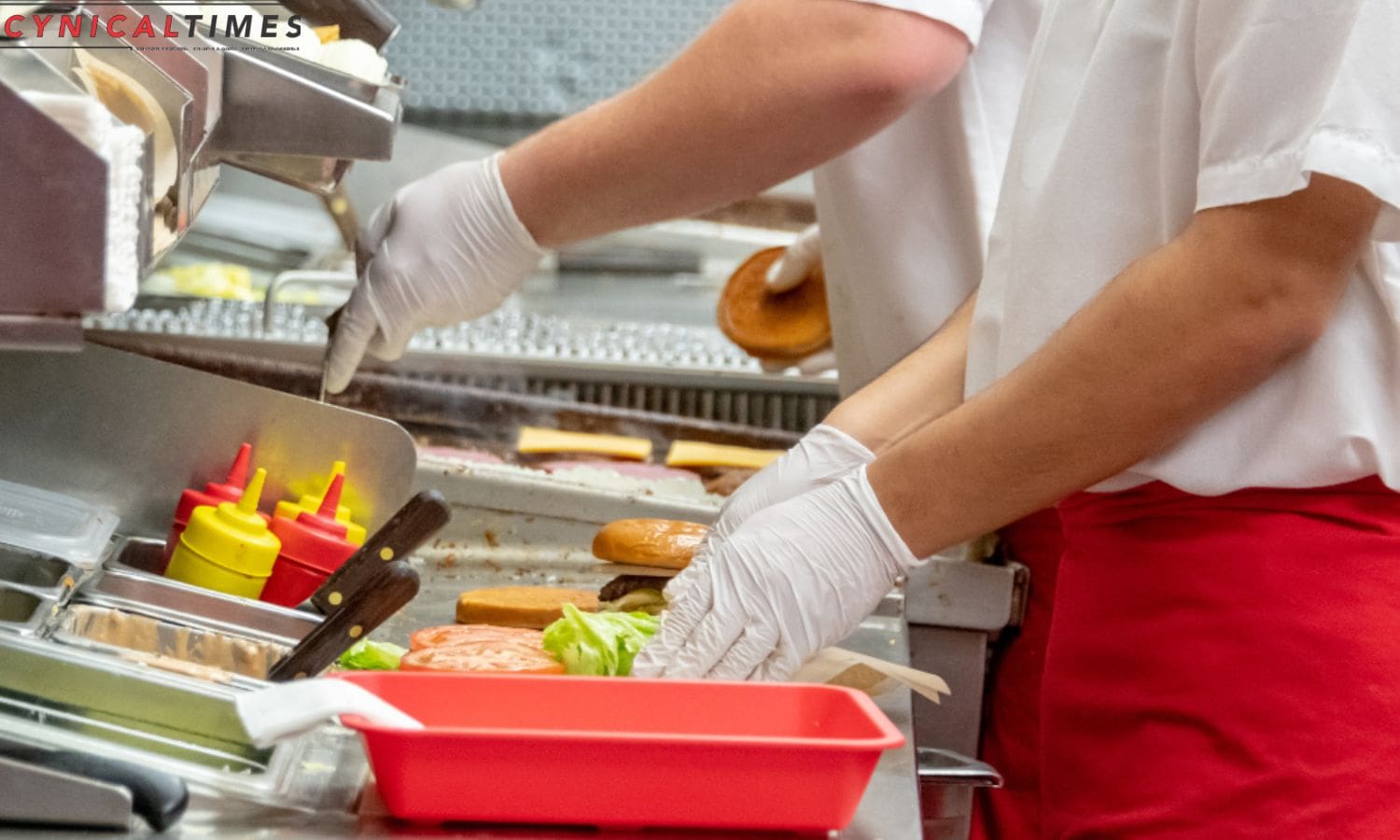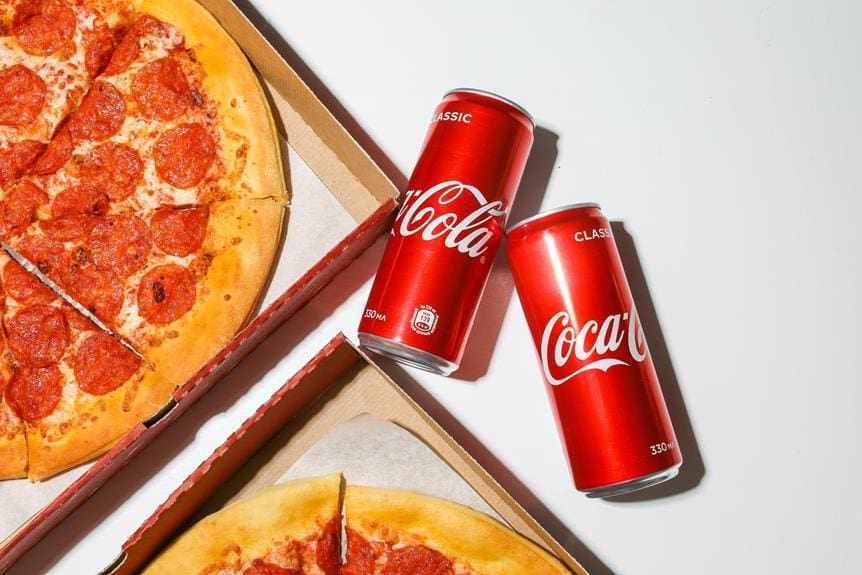Pizza Hut Layoffs and Beyond: In light of recent layoffs at Pizza Hut and the ongoing wage hike debate in the fast-food industry, the economic implications of minimum wage increases in California.
Through an analytical lens, it explores the adaptations and job losses experienced by the fast-food sector, the role of technology and automation, and the compensatory measures taken.
Additionally, it examines the broader impact of legislation on businesses, shedding light on the complex challenges and ripple effects within this industry.
Key Takeaways Of Pizza Hut Layoffs and Beyond
- The minimum wage hike has raised concerns about potential job losses in businesses like Pizza Hut franchises.
- Higher labor costs may lead to reduced workforce or cutbacks in hours, impacting the fast-food industry.
- The implementation of technology and automation in the fast-food sector is resulting in job losses for various roles.
- Compensatory measures such as increasing prices and cost-cutting may be necessary to offset higher labor costs, but could also lead to a decrease in consumer demand.


Also Read: Safeguarding Indoor Workers California Pioneering Heat Standards
Minimum Wage Hike in California: Economic Implications
The minimum wage hike in California has raised concerns among businesses, prompting them to evaluate the economic implications.
While the intention behind the increase is to improve the standard of living for low-wage workers, there are potential consequences that need to be considered.
One of the main concerns is the potential for job losses. Many businesses, including Pizza Hut franchises, rely on low-wage workers to keep their overhead costs down. With higher labor costs, businesses may be forced to reduce their workforce or cut back on hours, leading to layoffs and reduced job opportunities.
Additionally, there is a concern about inflation. When businesses have to pay higher wages, they may pass on the increased costs to consumers through higher prices, leading to a rise in inflation.
It is important for policymakers to carefully evaluate the economic implications of the minimum wage hike to ensure a balance between improving workers’ lives and maintaining a healthy business environment.
Adaptations and Job Losses in the Fast-Food Industry
Amidst the fast-food industry’s wage hike woes, adaptations and job losses have become a pressing concern. As businesses grapple with the increased labor costs, they are seeking ways to streamline operations and cut expenses. One example of this is Pizza Hut’s decision to lay off delivery drivers. By eliminating this position, the company aims to reduce labor costs and increase efficiency by relying on third-party delivery services. However, such adaptations come at the expense of job losses for the affected employees. This raises questions about the impact on the workforce and the overall economy. To provide a clearer picture, the following table outlines some potential adaptations and their corresponding job losses in the fast-food industry:
| Adaptation | Job Losses |
|---|---|
| Automating tasks | Cashiers, cooks |
| Implementing kiosks | Order takers |
| Outsourcing delivery | Delivery drivers |
| Reducing staff levels | Shift workers |
| Centralizing operations | Store managers |
As the industry navigates through these challenging times, it is crucial to balance the need for profitability and efficiency with the well-being of the workforce.


Technology and Automation in the Fast-Food Sector
In the fast-food sector, the adoption of technology and automation is shaping the future of operations and workforce management. As the industry faces challenges such as rising labor costs and the need for increased efficiency, fast-food chains are turning to technology to streamline their processes.
Here are five ways technology and automation are transforming the fast-food sector:
- Self-service kiosks: These allow customers to place their orders and pay without the need for human interaction, reducing wait times and improving order accuracy.
- Automated cooking systems: With the use of robots and machines, food preparation and cooking can be done with precision and consistency, ensuring quality and reducing the need for skilled labor.
- Delivery drones and robots: Fast-food chains are exploring the use of drones and robots for delivery, allowing for faster and more efficient service while reducing reliance on human drivers.
- Mobile ordering and payment apps: Customers can now order and pay for their meals through mobile apps, reducing the need for physical cash transactions and improving convenience.
- Data analytics and AI: By analyzing customer preferences and behaviors, fast-food chains can make data-driven decisions to optimize their menu offerings, marketing strategies, and overall operations.
As technology continues to advance, the fast-food sector will increasingly rely on automation to address operational challenges and enhance customer experience. While these technological advancements offer numerous benefits, they also raise questions about the future of employment in the industry and the need for workers to adapt and upskill in order to stay relevant in a rapidly changing landscape.
Comensatory Measures and Economic Ripple Effects
With the rising cost of labor in the fast-food industry, businesses are compelled to implement compensatory measures in order to mitigate the economic ripple effects.
One of the most common compensatory measures is increasing prices. As businesses face higher labor costs, they pass on these costs to consumers through higher prices for their products. This allows them to maintain their profit margins and offset the impact of increased wages.
However, higher prices can have a negative impact on consumer demand, potentially leading to a decrease in sales.
In addition to price increases, businesses may also consider other cost-cutting measures such as reducing employee hours, cutting benefits, or even laying off workers. These measures are aimed at maintaining profitability in the face of rising labor costs, but they can have far-reaching economic consequences, including decreased consumer spending and potential job losses in related industries.
Legislation and Its Broader Impact on Businesses
The legislation’s broader impact on businesses becomes evident through its implications for labor costs and operational strategies. As businesses are mandated to increase the minimum wage and improve working conditions, they face various challenges that can have a significant effect on their bottom line. Here are some key points to consider:
- Increased labor costs: Higher wages mean higher expenses, which can put pressure on businesses’ profitability and financial viability.
- Reduced profit margins: With increased labor costs and limited pricing flexibility, businesses may struggle to maintain their profit margins.
- Changes in hiring practices: Some businesses may resort to hiring fewer employees or relying more on automation to offset increased labor costs.
- Competitive disadvantage: Businesses operating in regions with higher minimum wage standards may face challenges competing with businesses in regions with lower wage standards.
- Operational restructuring: Businesses may need to reevaluate their operational strategies, such as reducing work hours or shifting towards part-time employment, to manage costs.
These implications highlight the complex and multifaceted nature of labor legislation and its broader impact on businesses. While the legislation may aim to improve working conditions and income for employees, it also poses challenges and trade-offs for businesses.


Conclusion Of Pizza Hut Layoffs and Beyond
In conclusion, the minimum wage hike in California has led to significant adaptations and job losses in the fast-food industry. The implementation of technology and automation has further exacerbated these challenges.
While compensatory measures have been put in place, such as increasing prices and reducing employee hours, there are still economic ripple effects to consider. Additionally, this legislation has broader implications on businesses beyond the fast-food sector.
It highlights the ongoing debate surrounding minimum wage increases and their impact on the economy.
Our Reader’s Queries
What company owns Pizza Hut?
Yum Brands Inc. is a renowned restaurant company that boasts of owning some of the most popular quick-service chains such as Taco Bell, Pizza Hut, and KFC. Additionally, they also own the fast-casual brand, The Habit Burger Grill.
How many employees does Pizza Hut have?
Pizza Hut has brought back its classic logo in the United States since 2019, while using a different logo for the international market since 2014. The iconic roof shape and lettering style, as seen on this Pizza Hut in Athens, Ohio, were a common sight in U.S. Pizza Huts. With a parent company of Yum! Brands, Pizza Hut employs around 350,000 people worldwide.
Is Pizza Hut a successful company?
Within a year, Pizza Hut had surpassed all other pizza restaurant chains in both sales and number of locations, boasting over 1,000 restaurants worldwide. This achievement prompted the company to go public on the New York Stock Exchange in 1972, which proved to be a resounding success.

